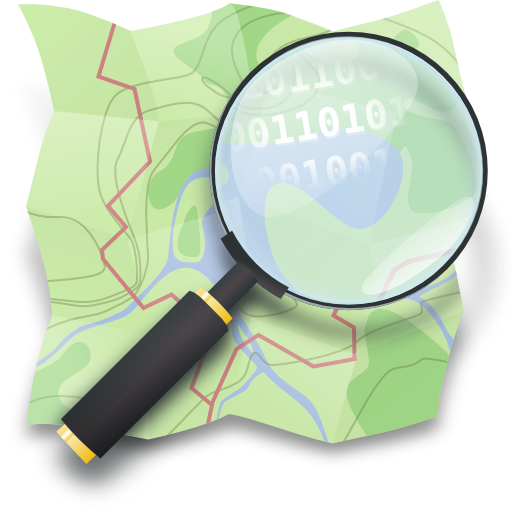I’m often unsure how to rate the surface quality of an inherently rough surface, like sett, paving stones or cobble stone.
Question 1: These surfaces are defined by having seams. So would it ever be right to rate them as ‘seamless’?
Or should we rate them as ‘seamless’ when they only have the expected amount of seams? Especially cobblestone makes me wonder, which usually comes with large seams and a rough and irregular surface.
Question 2: Tactile paving for blind people. Does that make a surface rough for you? In a way, that’s literally how this paving becomes tactile, right?
Question 3: A pedestrian crossing going over a traffic isle (but marked as one continuous path). Assuming otherwise perfect surfaces, does it have ‘cracks’ (since it goes over 4 curbs), and a ‘rough surface’ if it has tactile paving?
Question 4: The marked entitiy is a wide area, not a narrow path. You’re asked to rate it’s surface quality. The area is mostly flat and smooth, but has some cracks and potholes in a few localized spots.
Do you mark it as ‘a little bumpy’ because that’s how it would feel if you walk/bike over the bad spots? Or do you mark it as ‘perfect’, because it’s easy to find a way through without encountering any obstacles?


Thank you! I’m trying to get a feel how other people answer these questions. So this was very helpful for me!
Not a problem. To elaborate on 3:
The place where the tactile pavement meets the regular pavement is a seam (the line where 2 things are joined into 1), not a crack (the line where 1 thing breaks into 2). The described path would have 8 seams at the places you mentioned, because there would be a tactile strip at each descent from and ascent onto curb, totalling 4, and each strip is surrounded by a seam that the pedestrian crosses twice, once entering the strip and once leaving.